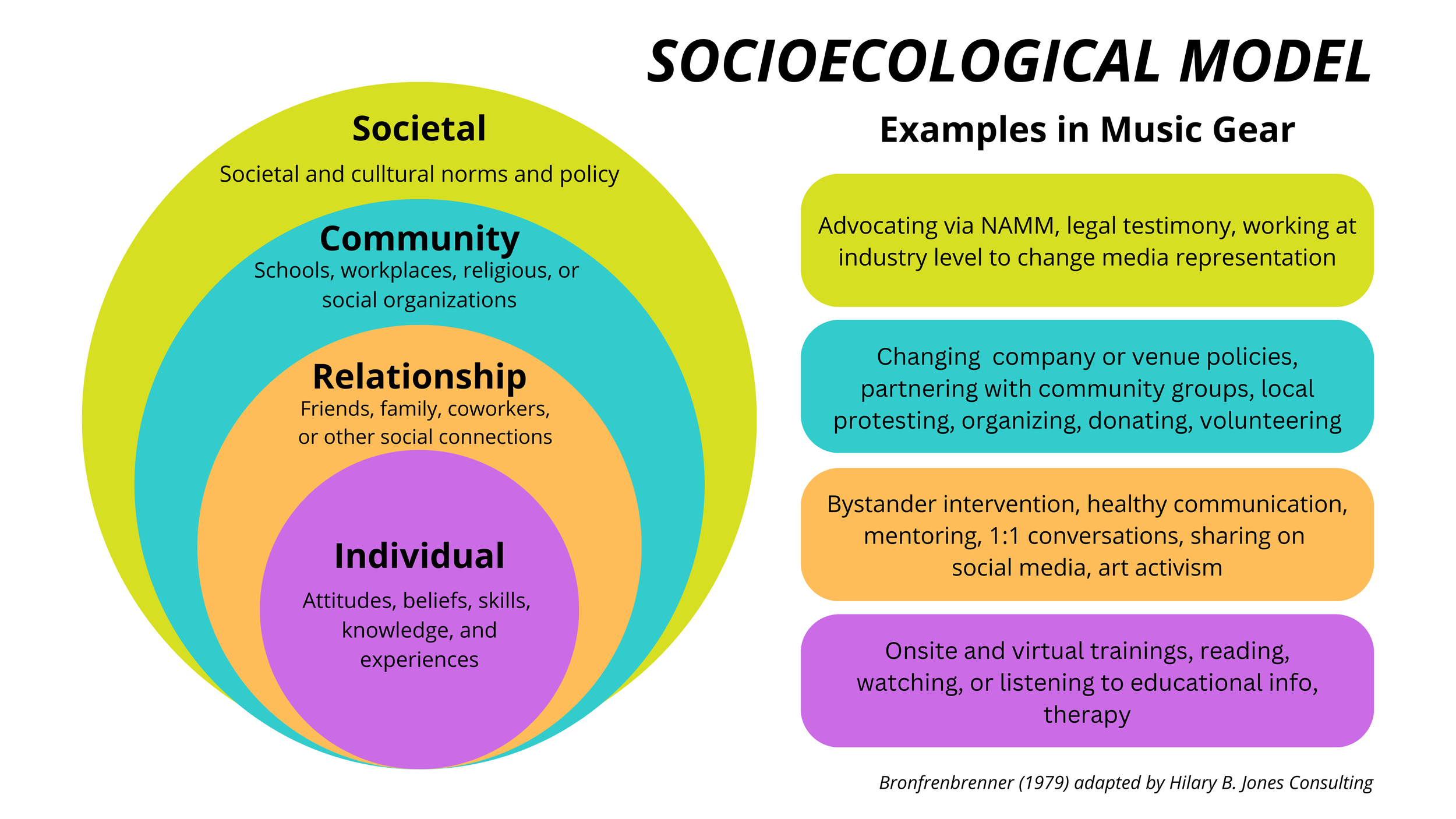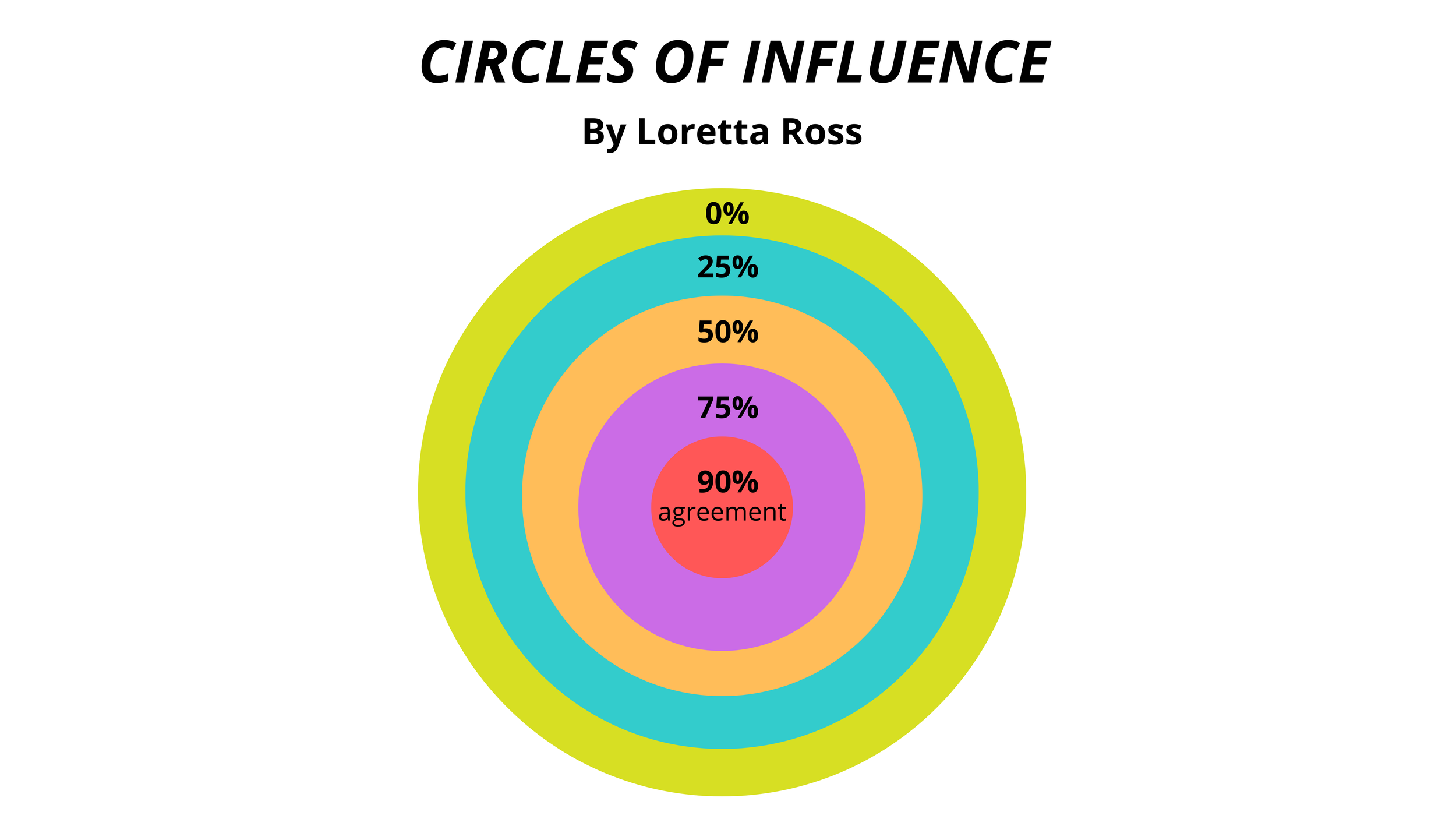It’s the beginning of Pride Month and with the myriad attacks on LGBTQ+ rights happening right now, it’s natural to wonder what you can do to help. This time last year there was a big push around abortion rights. Before that, it was Black Lives Matter. Issues go in cycles. None of these have gone away simply because they aren’t “currently trending” or “viral.”
I often have people in the industry reaching out, asking what they or their company can do to help on these issues. I outlined that in depth in two pieces: one for individual musicians and another for companies.
But, I want to spend a little more time on making decisions about specifically where you want to act or intervene. Let’s look at a few steps to figure out where you want to go.
STEP 1: Identify your values and what you want to advocate for
As I mentioned before, it always makes sense to start with your values. What’s important to you and your company? Use that as an overarching guide.
What topics are you most activated by- what gets you angry? What gives you hope? What impacts the most people the most deeply? What can you speak to from personal experience? Where can you use your personal power to best make change? Where can I focus action short-term and long-term? Do you want to go all-in on one topic or do you want to spread your efforts across a number of issues? Start there, and hopefully, those questions will activate you and give you some direction. Once you figure out an issue or two you care about, then you can move to step two.
STEP 2: Identify your activism style
What type of person are you? Which of these do you find yourself engaged in?
Talking with people 1:1, organizing small groups, organizing large groups, persuading or influencing others, getting others to donate time or money, data-oriented work, art/music, writing… if you have a skill of any sort, there’s probably a group that could use your help. And volunteering can also be a great way to build skills and meet people, too!
Here are a few examples of ways you can make change:
Talking with friends, family, and coworkers
Educating yourself about topics you care about or want to know more about
Sharing information on social media
Art or music activism (creating politically-oriented art/music or using art/music to raise money)
Volunteering
Donating to an individual
Donating to an organization
Sponsorhips
Participating in marches, rallies, or related actions
Writing about topics you care about and sharing
Writing to CEOs, politicians, or celebrities
Organizing friends, family, or coworkers
Changing policies at your workplace, church, or other group
Running for local office
Choosing to support or boycott companies based on values alignment or actions
Of course, this isn’t even CLOSE to the different ways that someone might engage in activism. But it’s a good reference place if you are starting out.
When deciding which type of activism you’d like to engage in, another useful tool can be the socio-ecological model. I’ve mentioned it in the past (see Ep 11 of Mid-Riff), but here’s a quick refresher:
Urie Bronfrenbrenner was a developmental psychologist who wanted to talk about the different ways that a child is impacted by the world around them. He realized that it wasn’t just DNA, or just parents, or just peers that made a child who they were, but a combination of factors. He identified several layers of influence that people experience. These layers were then adapted by those across a number of fields, like public health, as a means for effectively making change.
If you think of a concentric circle, the first circle in the middle is the individual. Change at this level might include things like individual education, training, or skill-building. The next circle out is the relationship level. That includes interactions with parents, peers, colleagues, and other 1:1 interactions in your world. Change at this level might look like practicing role-playing, communication, conversations, or bystander intervention training, or mentoring. The next level our is the community level. This would include the influence of schools, workplaces, churches, hospitals, and other institutions. Change at this level would include policy change at the level of the indivdiual school or workplace, company volunteering. The largest ring of our concentric circle is the systemic level. This includes things that impact everyone within the society, such as laws, regulations, and the media. Change at this level could look like working at a industry-level through a group like NAMM to make change around laws.
That’s a lot, I know. But it’s important because in order for change to happen, it has to happen across all of these levels. It doesn’t mean you, personally, have to do something across all of these levels. But you can pick the areas that you find best fit with your skills, interests, and abilities, and those efforts can combine with others working at the other levels.
STEP 3: Identify who you are talking to
If you are someone who wants to work on the individual level via conversations with others or other work to persuade the people around you, it’s important to think about exactly WHO you are best suited to influence.
I’ve been lucky enough to see Loretta Ross speak a few times in my life, including last summer in Providence. If you are unfamiliar with Loretta Ross, she is well-known for her work focusing on a human rights approach to reproductive justice.
In her talk, she discussed the idea of Circles of Influence in social justice work. Essentially, it’s a way of thinking about making change that is beneficial because a) it increases the effectiveness of the messages provided, 2) the messenger doesn’t bang their head against the wall trying to convince someone of their point.
Here’s what it looks like:
You can watch Loretta discuss the Circles of Influence herself, here.
So, your position in the circle determines who you might be most able to influence. This makes sense, yes? If you are an organizer around abolition work, you probably aren’t going to be the most effective messenger of anti-racism to someone who is a prison guard and a white supremacist. But, someone who is their church member, with whom they share some connection and overlapping values might be.
STEP 4: Make a plan
Ultimately, when determining your own activism, first think about the why (what are your values and what’s important to you?), then what (specifically what issues are you going to advocate for- this might include identifying organizations), WHO you are going to address, and HOW you will do it. Make a plan and talk with your family or coworkers about how you want to get involved individually or as an organization. Pick one thing, start with that, and then maybe pick another and go from there.
Ultimately, change is needed in so many directions, that the most important thing is that you start. It can be overwhelming, but I hope these ideas open it up so you can think of the range of ways you can get involved and find the ones that makes the most sense for you and your organization, given your values, skills, interests, and connections.



